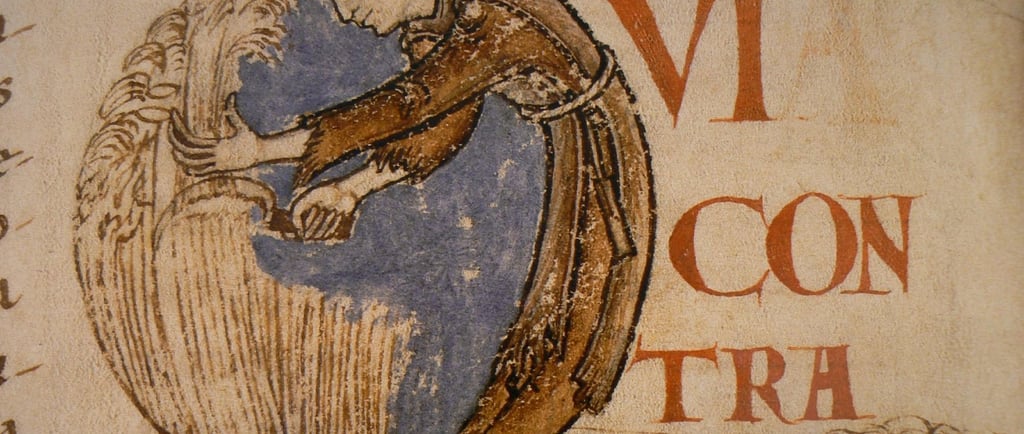Jericho Must Fall _ The Official Site Of Confraternity Of The Brown Scapular - Evangelize Through Mary To Jesus
The Historic Significance of Our Lady of Citeaux Monastery
The Abbot Orsini wrote: “On Palm Sunday, in the year 1098, Saint Robert, Abbot of Molesme, retired with twenty-one of his monks to the Diocese of Chalon-sur-Saône, where he built, in honor of Our Lady, the celebrated monastery of Cîteaux, the head house of the order.”
MARIAN CALENDAR
Fr. Philip Karikkassery Of St. Teresa
3/22/20252 min read


The Foundations of Our Lady of Citeaux
On March 22, in the year 1098, a pivotal event unfolded in the history of monasticism: Saint Robert, the abbot of Molesme, along with twenty-one of his dedicated monks, embarked on a spiritual journey that would change the landscape of religious life in France. They sought solitude and devotion in the diocese of Chalons-sur-Saône. This retreat led to the establishment of the renowned monastery of Citeaux, dedicated to Our Lady, the Mother of God, signifying the inception of a movement that would greatly influence the Christian faith.
Architectural Grandeur and Spiritual Reverence
The original abbey, known as Notre-Dame de Citeaux, stands as a testament to the architectural and spiritual aspirations of the 11th century, reflecting the Gothic style prevalent during its construction. With its towering structures and intricate designs, the monastery was not merely a place of worship but also a symbol of stability and hope for the monastic community. Its dedication to Mary signifies a deep-rooted devotion that resonated with the faithful, enhancing the allure of the Cistercian Order.
The Birth of the Cistercian Order
Our Lady of Citeaux is considered the head house of the Cistercian Order, a monastic community founded on principles of simplicity and austerity. Saint Robert’s vision articulated a return to strict observance of the Benedictine Rule, emphasizing labor, prayer, and communal living. The Cistercians proliferated throughout Europe, embodying a philosophy that echoed through centuries: a life led by faith, direct communion with nature, and a commitment to societal well-being. The impact of this foundation went beyond religious life; it influenced agricultural advancements, art, and architecture across the continent.
The historical significance of Our Lady of Citeaux cannot be overstated. It marks not only a pivotal moment in monastic history but the birthplace of a spiritual revolution that continues to inspire countless individuals. From its inception to its present-day legacy, the monastery remains a beacon of faith and dedication to the values instilled by Saint Robert and his followers.
As we reflect on March 22, the day that commemorates the establishment of this iconic site, we are reminded of the enduring influence of monastic life and the striking beauty of a life dedicated to God. The teachings and practices that originated from Our Lady of Citeaux continue to resonate with many today, preserving the spirit of the Cistercian Order and its commitment to serving both God and humanity.
